
Driving costs, productivity and pace in construction projects
Poor productivity and pace slippage in construction costs money and damages projects margins. We explore how productivity can be measured and improved.
Combining our deep operational and industry expertise, and in-house data science capability, our insights provide fresh perspectives and practical guidance to help businesses address the complex operational challenges and issues they face.

Poor productivity and pace slippage in construction costs money and damages projects margins. We explore how productivity can be measured and improved.
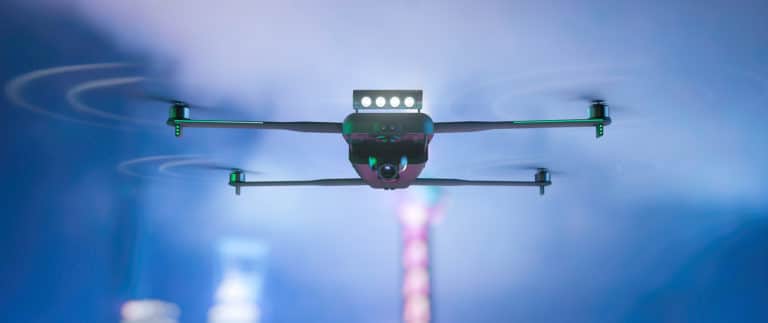
Paul Adams considers recent developments in the UK to accelerate the future of urban air mobility. How will these tech disruptors transform existing aerospace supply chains?

Justin Benson considers the importance of balancing brand and price as established car makers line up to launch new mass market EVs.

Long-standing low and recently falling margins in construction are in danger of becoming an expected norm. But does it really have to be that way?

When not approached properly, content cost reduction can lead to collateral damage in the form of lower-quality content. Now more than ever, this needs to be avoided.
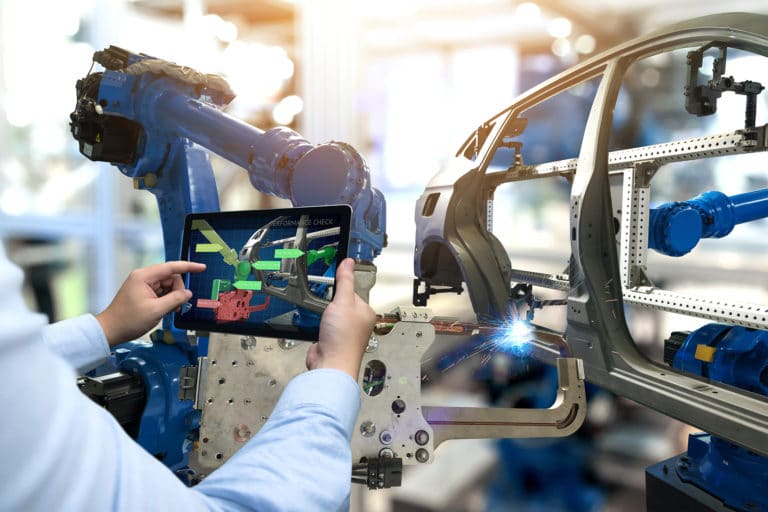
Rather than stalling strategic investments in automation and digital technologies in order to control costs, some high-value manufacturers are accelerating such plans in a bid to gain market share or drive additional enterprise value in recovery.

Why is there so much excitement about hydrogen’s potential for transforming the sustainability of modern air travel, and what practical challenges stand in the way of aviation’s hydrogen-fuelled future?

Some analysts believe the car ownership model could soon be back in the ascendancy due to COVID-19. What impact is this having on the automotive industry and are there any supply chain implications?

For Media operations important features include quality, design & creativity, and fit-for-purpose. But what about efficiency? Could content creators be measured for their creative efficiency?

With passenger numbers across UK rail networks still significantly below pre-pandemic levels, some bold changes are urgently required to increase usage of services and restore revenues.

In April the Department for Transport set out its intentions for decarbonising UK transport. However, with Government’s much-needed rail electrification programme on hold, what needs to be done to reach this ambitious goal?

Phil Bulman provides insight into the latest thinking on track and train arrangements and improving financial sustainability in the UK rail sector.

Some massive changes have affected Britain’s rail network since the Government introduced Emergency Measures Agreements (EMA). Based on analysis of ORR and passenger revenue data, these EMAs are likely to be unsustainable. But what will replace them?
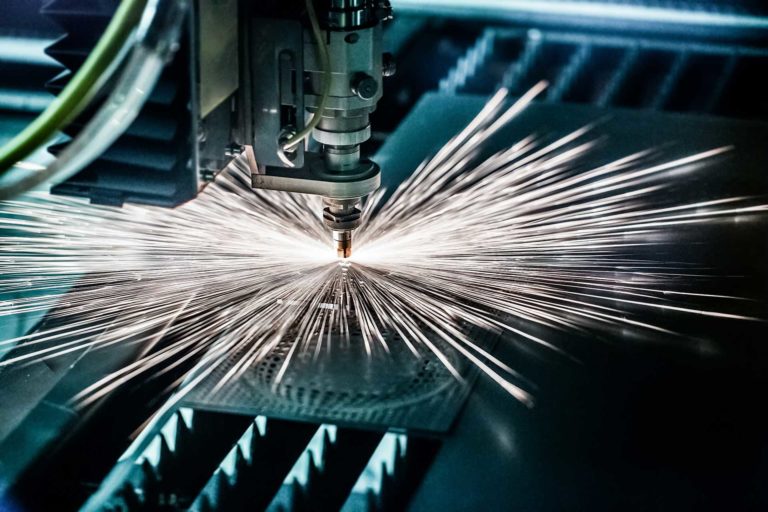
Onshoring could prove a rewarding post-pandemic recovery strategy for many UK-based OEMs, but are they ready to take advantage of this value-driving opportunity?

The rail industry continues to face number of challenges which have impacted on how providers operate and make a profit. We’ve created a simple to use tool that helps the rail industry understand the financial impact and the level of capacity trains will need to reach before a profit can be made.

The Covid-19 pandemic has had a cataclysmic effect across all sectors, forcing manufacturers to react quickly to continue to meet market demand. In the first of a series
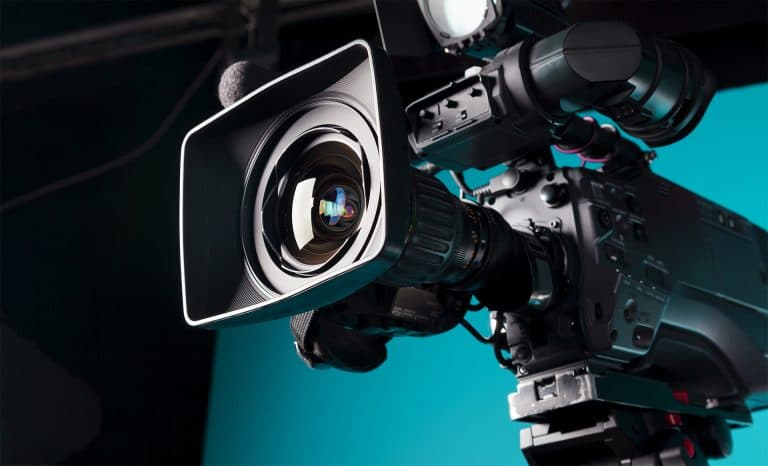
The 2020s may come to be looked back on in the broadcast media sector as the ‘pandemic decade;’ in which everything was redefined because of Covid-19 and its aftermath. Here we will explore what the impact will be, and how different players in the market will be affected.

While the concept of ‘split ticketing’ is nothing new, the recent launch of Trainline’s ‘SplitSave’ ticketing tool could allow many more passengers to cut costs on rail journeys by finding them clever combinations of tickets. Phil Bulman examines the future of rail ticket pricing in Britain.

Re-making, re-engineering, and transformation are all terms the auto retail sector was discussing before the crisis. The corona virus is offering a real opportunity to turn this rhetoric into reality. If there was ever a moment “not to waste a crisis”, it is now.

Like all industries, print media is facing up to new, unexpected challenges. Here we will explore what the potential impacts might be and, more importantly, what the industry can do about it.
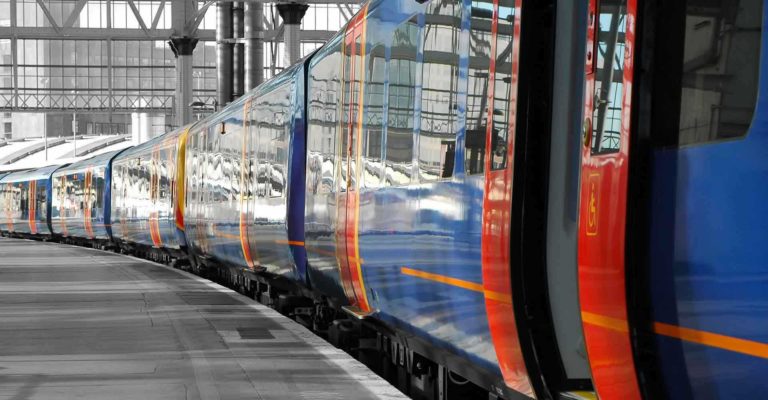
Northern Rail’s nationalisation is yet another reminder that the industry’s franchise model is flawed. In order to deliver the service and improvements needed, longer-term thinking and improved collaboration between key stakeholders are urgently required.

With Apple TV+ and Britbox recently launching and Disney+ and HBO Max launching next year, the battle for eyeballs has begun.

Taking inspiration from an initiative by Nike, could more businesses be employing supply-chain-as-a-service (SCaaS) methods of innovation to put the sparkle back into their performance and their brand?
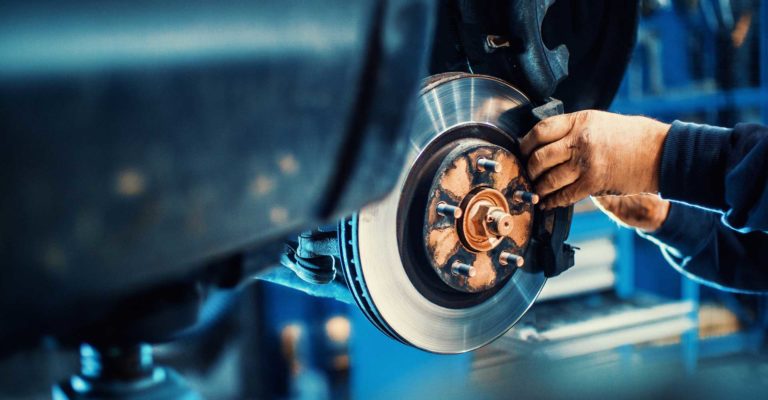
Having recently secured a major £120m bonds deal, Aston Martin appears to be banking on innovating its way through the current tough trading conditions and CEO, Andy Palmer, has promised that its ambitious investment plan can succeed.

The UK’s thriving autotech sector could be making more of Chinese money and investors’ willingness to look further afield for opportunities to fund early-stage R&D activity, says Richard Gane.

Boeing’s decision to ramp down the production of its popular 737 Max model has already had a significant impact on its revenues.

Jaguar Land Rover (JLR) has called for the creation of multiple ‘gigafactories’ to provide the large volume of batteries needed to fuel its electrification strategy.

Apple’s recent decision to launch a new credit card and streaming service has been interpreted as an attempt to strengthen its services business in the face of falling global iPhone sales.

Now one-year old, the Ozone Project, a joint venture to sell digital display-ad inventory, is giving corporate advertisers access to a monthly audience of 42.5m.

What are the key factors behind the growth of the aerospace aftermarket, and who are its winners and losers?
Stay connected
Stay up to date with Vendigital by signing up to our email newsletter.